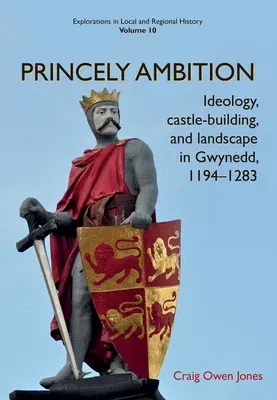Craig Owen Jones
(Author)Princely Ambition: Ideology, Castle-Building and Landscape in Gwynedd, 1194-1283volume 10Paperback, 14 March 2022

Qty
1
Turbo
Ships in 2 - 3 days
Only 2 left
Free Delivery
Cash on Delivery
15 Days
Free Returns
Secure Checkout

Part of Series
Explorations in Local and Regional Histo
Print Length
256 pages
Language
English
Publisher
University of Hertfordshire Press
Date Published
14 Mar 2022
ISBN-10
1912260271
ISBN-13
9781912260270
Description
Product Details
Author:
Book Format:
Paperback
Country of Origin:
US
Date Published:
14 March 2022
ISBN-10:
1912260271
ISBN-13:
9781912260270
Language:
English
Pages:
256
Publisher: